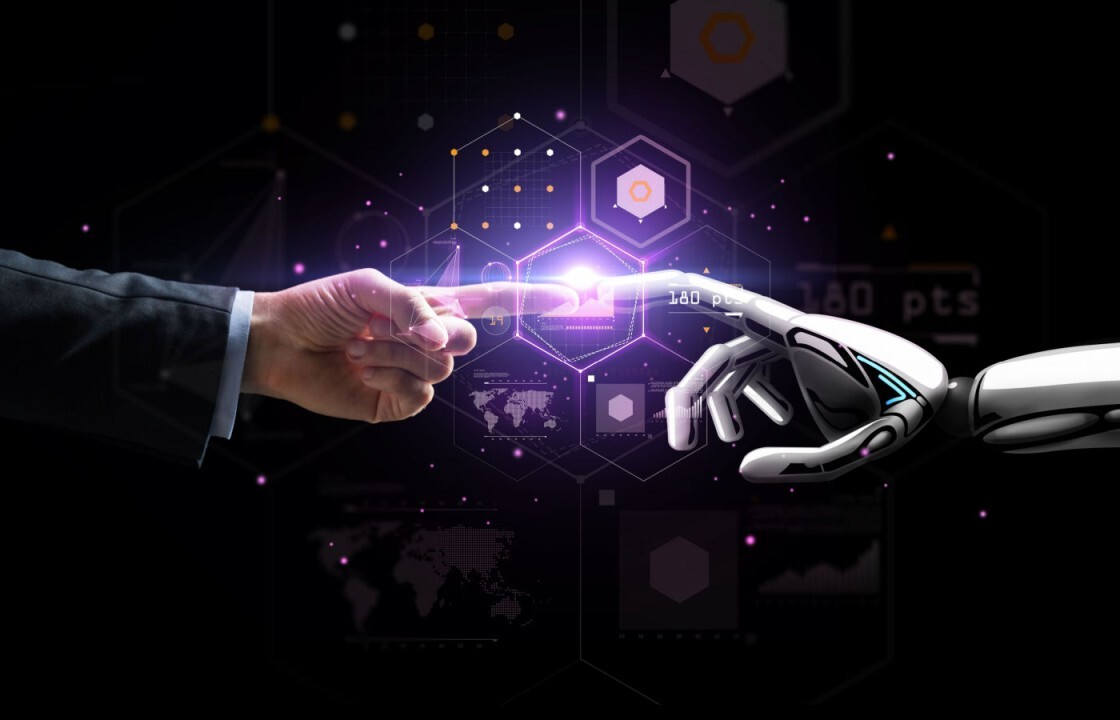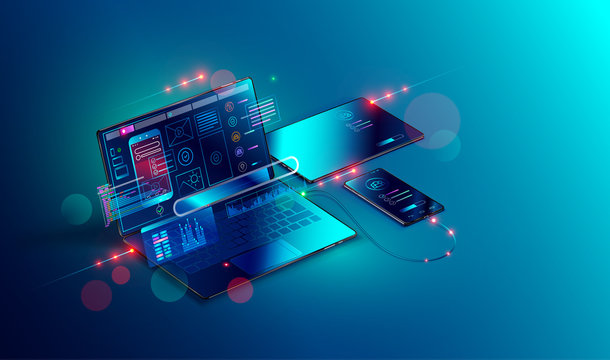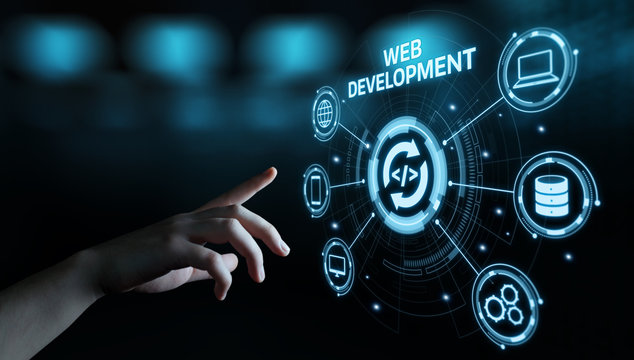
Related Articles

Pen Testing
RSK BSL Tech Team
April 14, 2025
|
|

Pen Testing
RSK BSL Tech Team
April 9, 2025
|
|

Pen Testing
RSK BSL Tech Team
April 7, 2025
|
|

Pen Testing
RSK BSL Tech Team
April 3, 2025
|
|

Pen Testing
RSK BSL Tech Team
March 31, 2025
|
|

Pen Testing
Praveen Joshi
March 27, 2025
|
|

Pen Testing
RSK BSL Tech Team
March 25, 2025
|
|

Pen Testing
RSK BSL Tech Team
March 20, 2025
|
|

Pen Testing
RSK BSL Tech Team
March 18, 2025
|
|
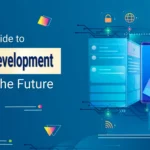
Pen Testing
RSK BSL Tech Team
March 10, 2025
|
|
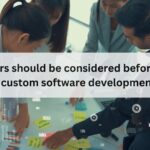
Software Development
RSK BSL Tech Team
February 24, 2025
|
|

Pen Testing
RSK BSL Tech Team
February 19, 2025
|
|
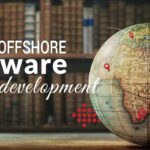
Software Development
Praveen Joshi
February 11, 2025
|
|

insight
Praveen Joshi
January 31, 2025
|
|

AI Tech Solutions
Praveen Joshi
January 27, 2025
|
|

Software Development
Praveen Joshi
January 20, 2025
|
What are the different stages of the software product development lifecycle?
The software development landscape is always changing due to breakthroughs in technology, evolving consumer expectations, and shifting market trends. Software development teams constantly modify their approaches and tactics in this ever-changing landscape. It helps them to maintain their competitive edge and provide ground-breaking solutions.
The emergence of agile and DevOps approaches has brought about a new phase of swift iteration and teamwork. Plus, cutting-edge technologies such as blockchain, IoT, and artificial intelligence are changing the landscape of Software Product Development possibilities.
Furthermore, the way that goods are conceived, produced, and improved is changing due to the growing emphasis on the user experience and data-driven decision-making. Being ahead of the curve is crucial for success in the software development industry given this dynamic environment.
Let us have a close look at the different stages of this process…
Different Stages of the Product Development Lifecycle
The software development lifecycle consists of various stages that guide the creation of a software product from inception to deployment and maintenance. These stages ensure a systematic and organized approach to software development. Here are the typical stages in the product development lifecycle, explained in detail:
1. Ideation and Planning:
This initial phase involves brainstorming and identifying a need for a new software product or an improvement to an existing one. The goal is to define the project’s objectives, scope, and feasibility. Key activities include market research, requirement gathering, and creating a high-level project plan. At the end of this stage, you should have a clear understanding of what the software product aims to achieve.
2. Requirements Gathering:
In this stage, the development team works closely with stakeholders, such as clients, users, and subject matter experts, to gather detailed requirements. These requirements help define the software’s features, functionality, and constraints. It’s crucial to ensure that the gathered requirements are complete, accurate, and unambiguous to avoid issues later in the development process.
3. Design:
The design phase involves creating a detailed blueprint of the software product. It includes designing the system architecture, user interface, and database structure. This stage also covers technology selection, data flow diagrams, and workflow designs. The output of this stage is typically documentation and design diagrams that guide the Software Product Development team.
4. Implementation (Coding):
During the implementation phase, developers write the actual code for the software. Most product development consultants follow the design specifications and coding standards, using the chosen programming languages and frameworks. This phase may include multiple iterations, and version control systems are often used to manage the source code.
5. Testing:
Testing is a critical phase to ensure the software’s quality and functionality. It includes various levels of testing, such as unit testing, integration testing, system testing, and user acceptance testing. Testers aim to identify and report defects, which developers then address. The goal is to achieve a high level of software reliability and performance.
6. Deployment:
Once the software is thoroughly tested and validated, it’s ready for deployment. This involves making the product available to end-users. Deployment can be done on local servers, cloud platforms, or mobile app stores, depending on the nature of the software. Proper deployment planning and execution are essential to ensure a smooth transition from development to production.
7. Maintenance and Support:
The software product’s lifecycle doesn’t end with deployment; it enters a maintenance and support phase. This stage includes ongoing updates, bug fixes, and improvements based on user feedback and changing requirements. Maintenance ensures the product remains secure, up-to-date, and compatible with evolving technology and user needs.
8. End-of-Life (Optional):
In some cases, a software product may reach the end of its lifecycle due to factors like obsolescence or a shift in business priorities. The end-of-life stage involves retiring the software, discontinuing support, and assisting users in migrating to alternative solutions.
These stages provide a structured framework for software product development. It enables teams to manage complexity, control quality, and deliver products that meet or exceed user expectations.
The adoption of agile and iterative development methodologies can influence how these stages are executed. This emphasizes collaboration, flexibility, and continuous improvement throughout the lifecycle.
Few Final Words
The secret to success in the dynamic world of software development is to be adaptable and always on the cutting edge of innovation. Software development teams must continue to be flexible, agile, and dedicated to producing high-quality solutions. Both technology and consumer expectations change continuously.
With its clearly defined phases, the product development lifecycle provides a road map for negotiating this unstable environment. Additionally, implementing continuous feedback loops and adopting agile approaches enable teams to react quickly to shifting customer preferences and market expectations.
Software product development services keep pushing the envelope with a dedication to user-centric design, data-driven decision-making, and quality control. This guarantees that the software solutions of the future meet and surpass the constantly changing needs of organizations and users.
Praveen Joshi
Praveen is a seasoned IT Solutions Leader and Director at RSK Business Solutions, a technology-driven IT Consulting Company that specializes in Bespoke Software Development, Agile Consulting, Mobile App Development, Smart Sourcing, and much more. For the last 17 years, he has been delivering quality custom IT solutions that help businesses achieve their goals.

 Share
Share Post
Post Tweet
Tweet Copy
Copy